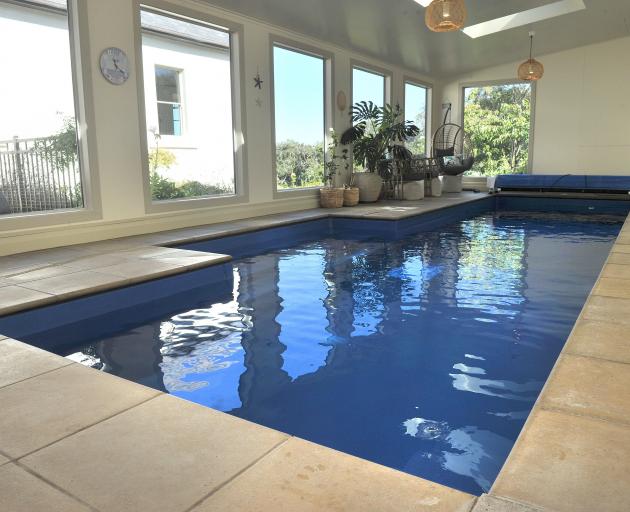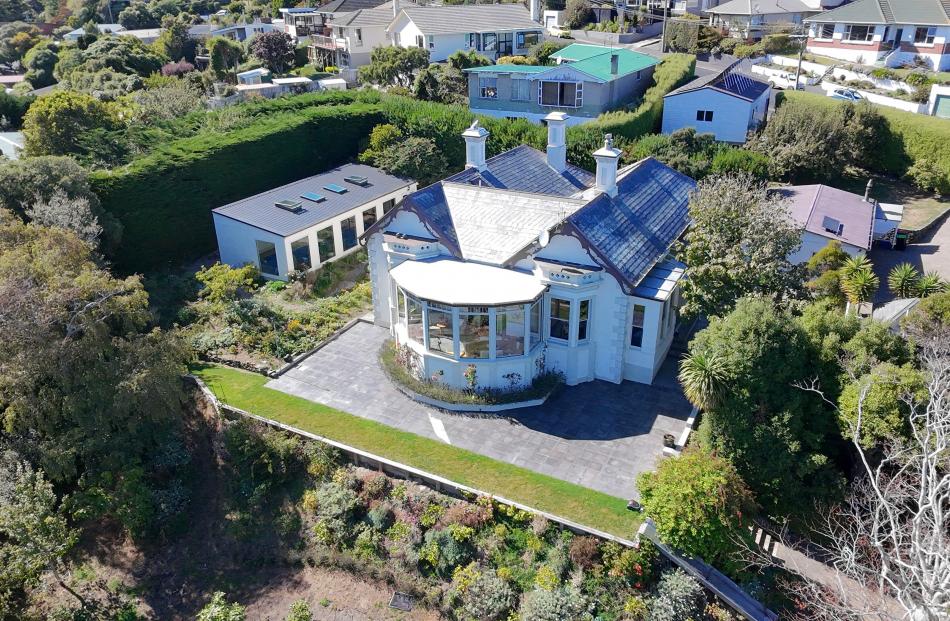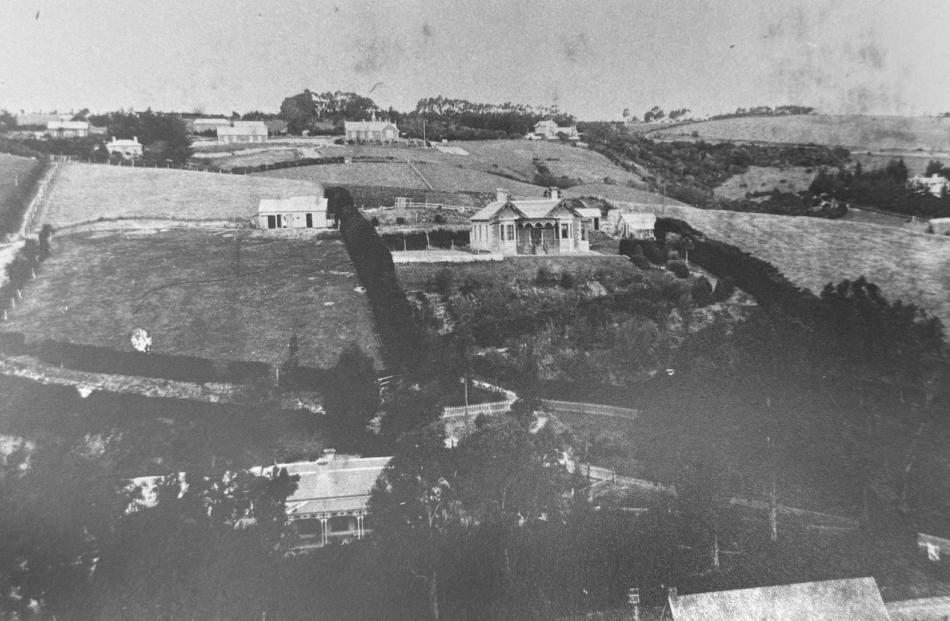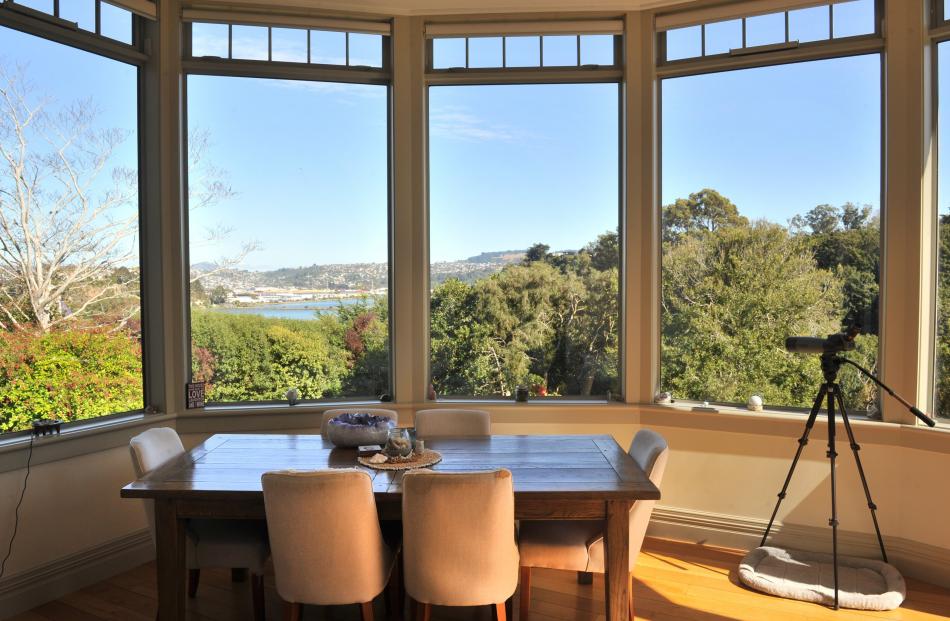What do terrified villagers and a brave knight have to do with Dunedin? Kim Dungey explains.Mythical beasts aren’t generally associated with suburban Dunedin, but this historic house may have a connection to one.
Lauriston was built in about 1873 for William and Marion Somerville.
Legend has it that in the 12th century, inhabitants of the Scottish Borders were terrorised by a creature described as a dragon or a wyrm, which is Old Norse for serpent.
Many men tried to kill it but all of them failed until the Laird of Lariston, John Somerville, plunged a burning lance into its gaping mouth.
The Somervilles who arrived in Dunedin in 1848 may or may not have been closely connected to this ancient hero, but there is one link — the use of the name, Lauriston, for family homes.
Current Somerville family members believe Lariston and Lauriston refer to the same place, but the spelling has changed over the years.

William, who arrived as a teen and worked as a clerk, had his hill-top property built on 1.8ha of land in what is now Heath St.
Superintendent of the local Sunday School, he and his sons were also involved in printing company J. Wilkie & Co, which later became Coulls Somerville Wilkie and then merged with Whitcombe & Tombs in 1971 to become Whitcoulls.
When Greg Angell first saw Mr Somerville’s former property 35 years ago, the four bedroom, 220sqm house was "pretty run down".
However, he liked the character of old homes and was drawn to the location.
"I was always up for a project in those days and boy, was it a project."
Wife Dianne says the house has a triple brick foundation and double brick walls, which were plastered and painted in about the 1930s. The slate roof, coloured glass and ornate ceilings are all original, although they have double-glazed the external windows.
Some changes they have made were cosmetic, such as removing dark lacquer from woodwork, updating a tired 1970s bathroom and replacing carpet and wallpaper.
But other work has been structural.
A rotten, closed-in veranda has been replaced with a conservatory large enough for extended family dinners.
A large, under-utilised formal lounge was turned into the main bedroom and en suite. This involved fibrous plasterers re-doing the ceiling, and space for a shower being created in the cavity of a double fireplace.
They have also put in a new laundry, replaced the original lathe and plaster walls and added radiators that run off a heat pump.
The biggest challenge has been renovating while living there — the family of five were without a kitchen for nine weeks after they found borer while installing new cabinetry and decided to replace the entire floor, including joists and piles.

Instead, they created a practical family kitchen in the original space, replacing a window with a door to the outside and positioning the oven where the coal range once stood.
"To me, that’s where [the original owners] cooked and it’s always been the heart of the home."
Major work has also taken place outside.
Lauriston’s orchard and stables were "long gone", but when they poured their concrete driveway, they discovered the original water well. The 3m-wide circular brick structure was "beautifully built" and in surprisingly good condition.
In recent years, they have worked hard to make the sloping, 3000sqm section more easy-care, adding lots of rhododendrons with extensive underplantings. Landscapers have put in drainage to deal with natural springs on the property and replaced an old path that leads down to Somerville St.
The fun factor has not been forgotten either.

The work has been ongoing and the interior now needs another update, the couple say.
However, they love that they have a character-filled home close to town in a peaceful and sunny setting.
They also appreciate the home’s rich history, only recently learning about the legend.
"We feel that we are custodians of the house for future generations. As such, all the building we have done, we have done with the utmost respect for the existing character and the past owners, adding to their history with our own."



















